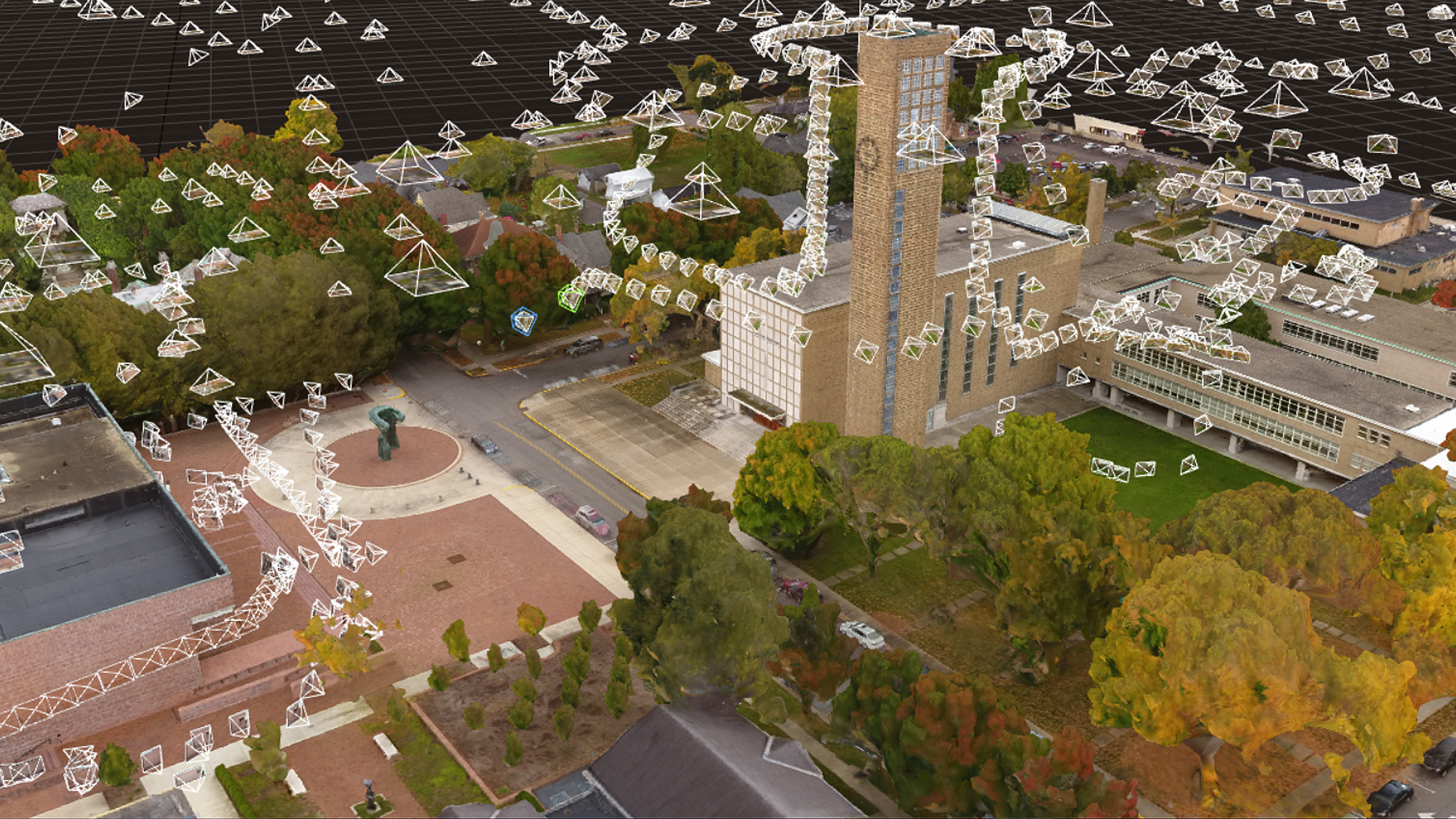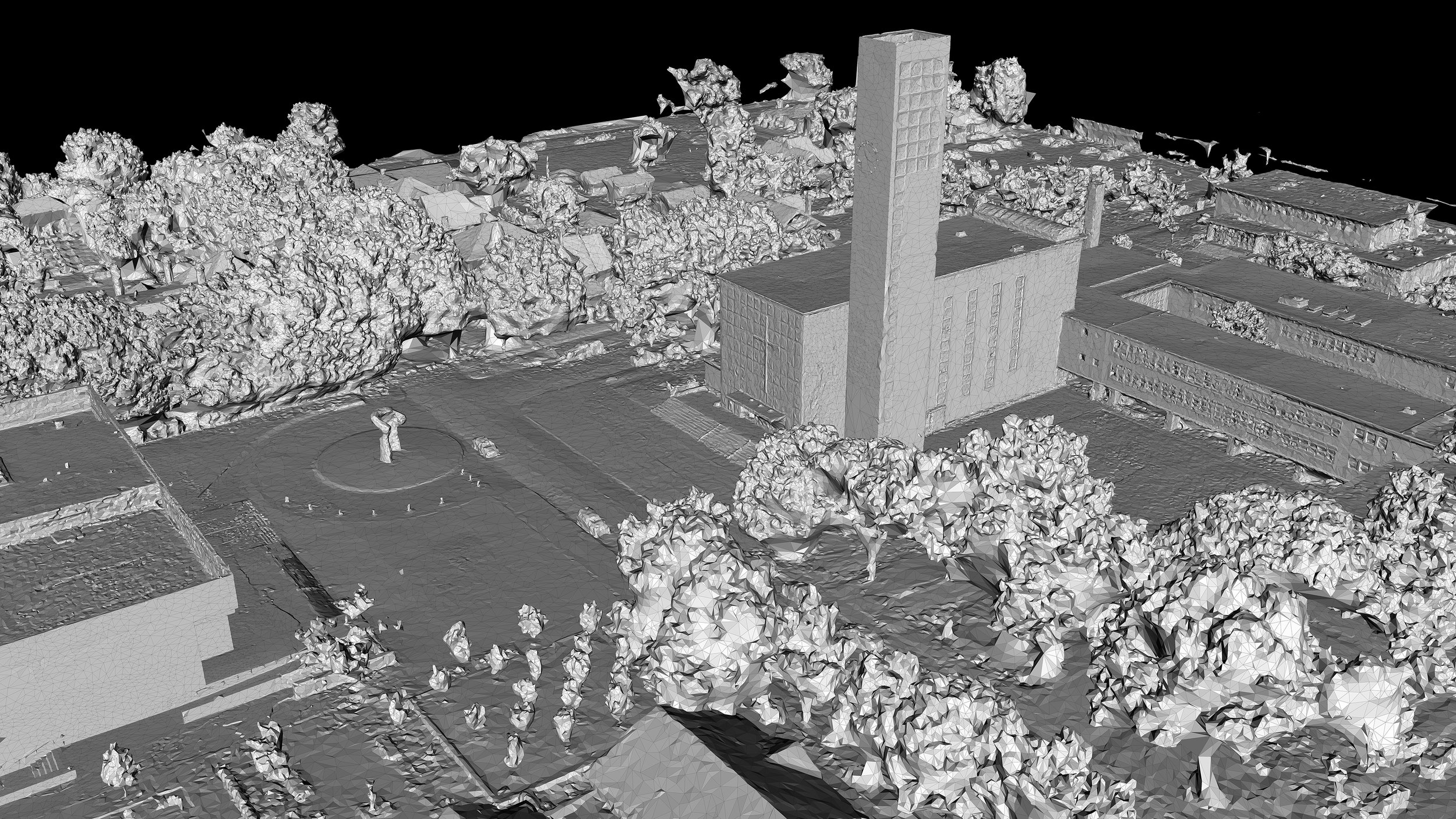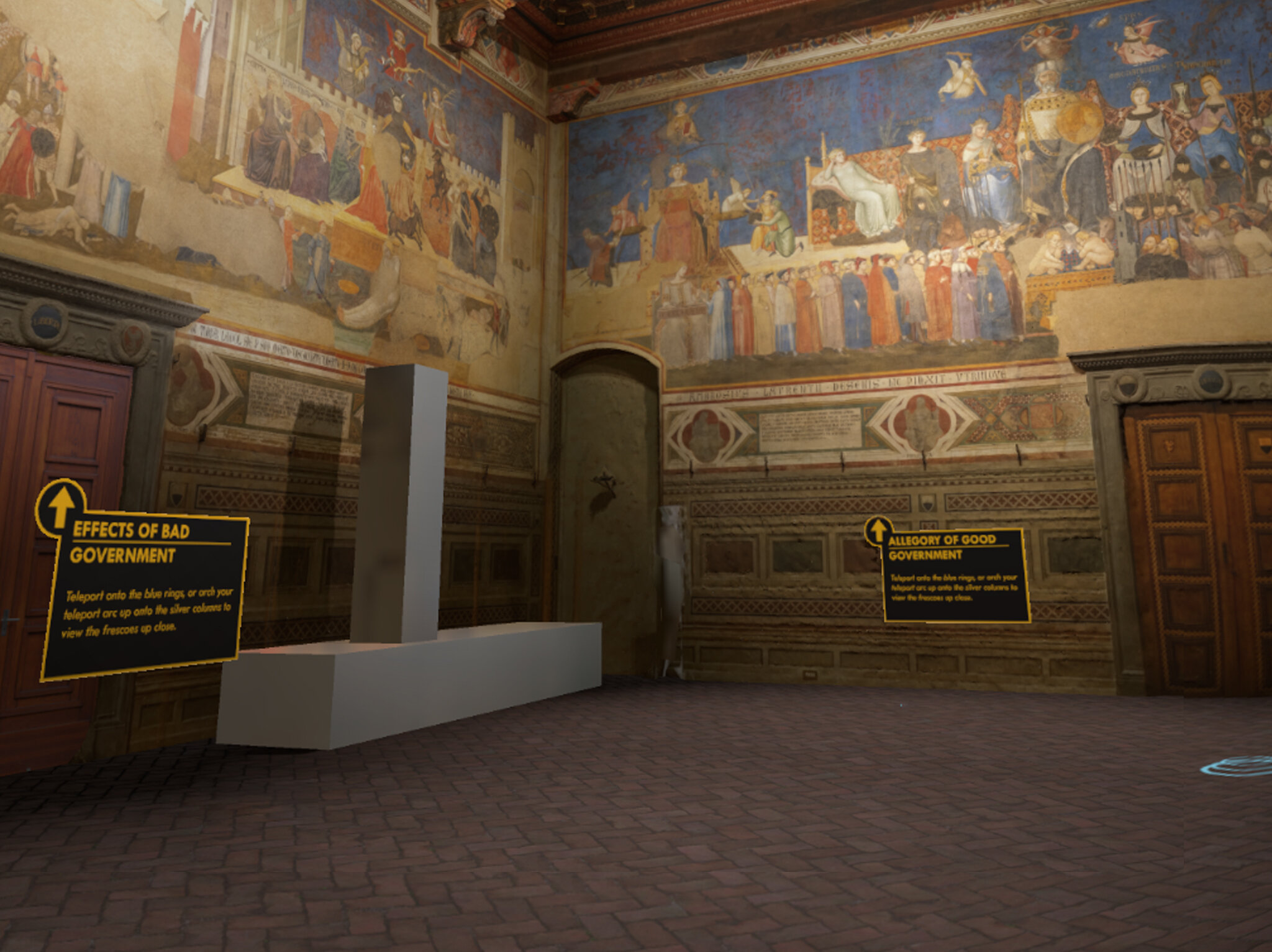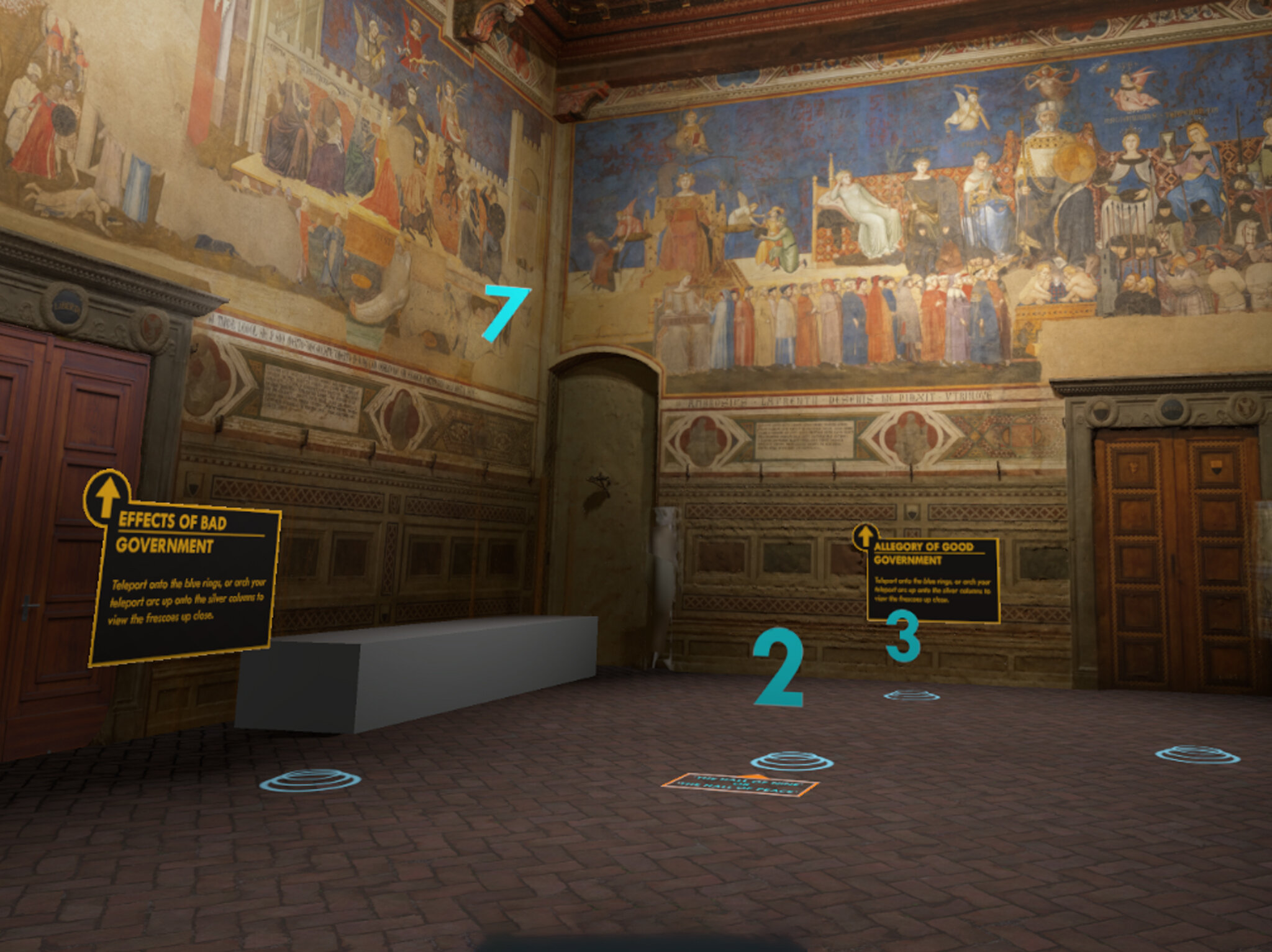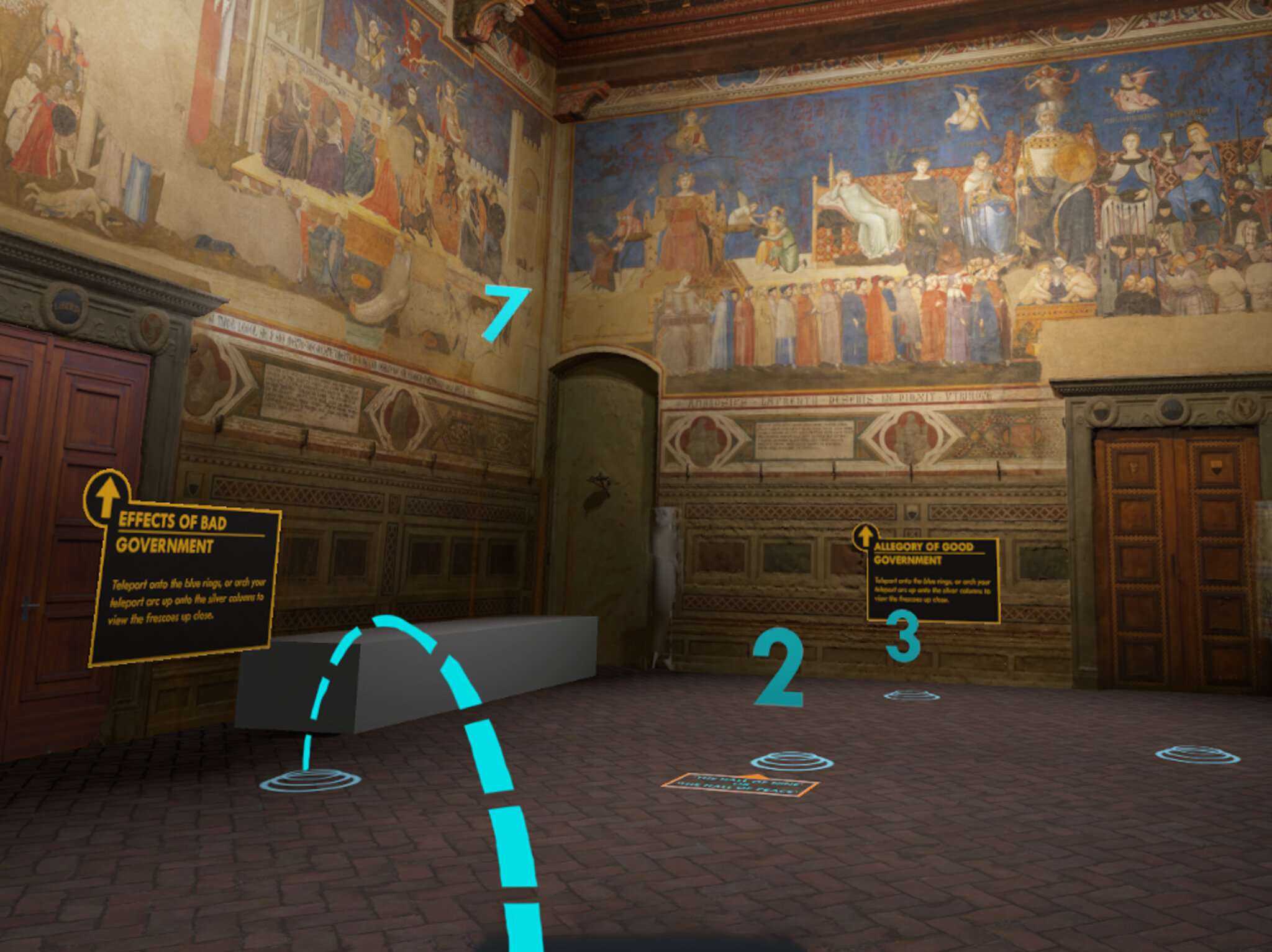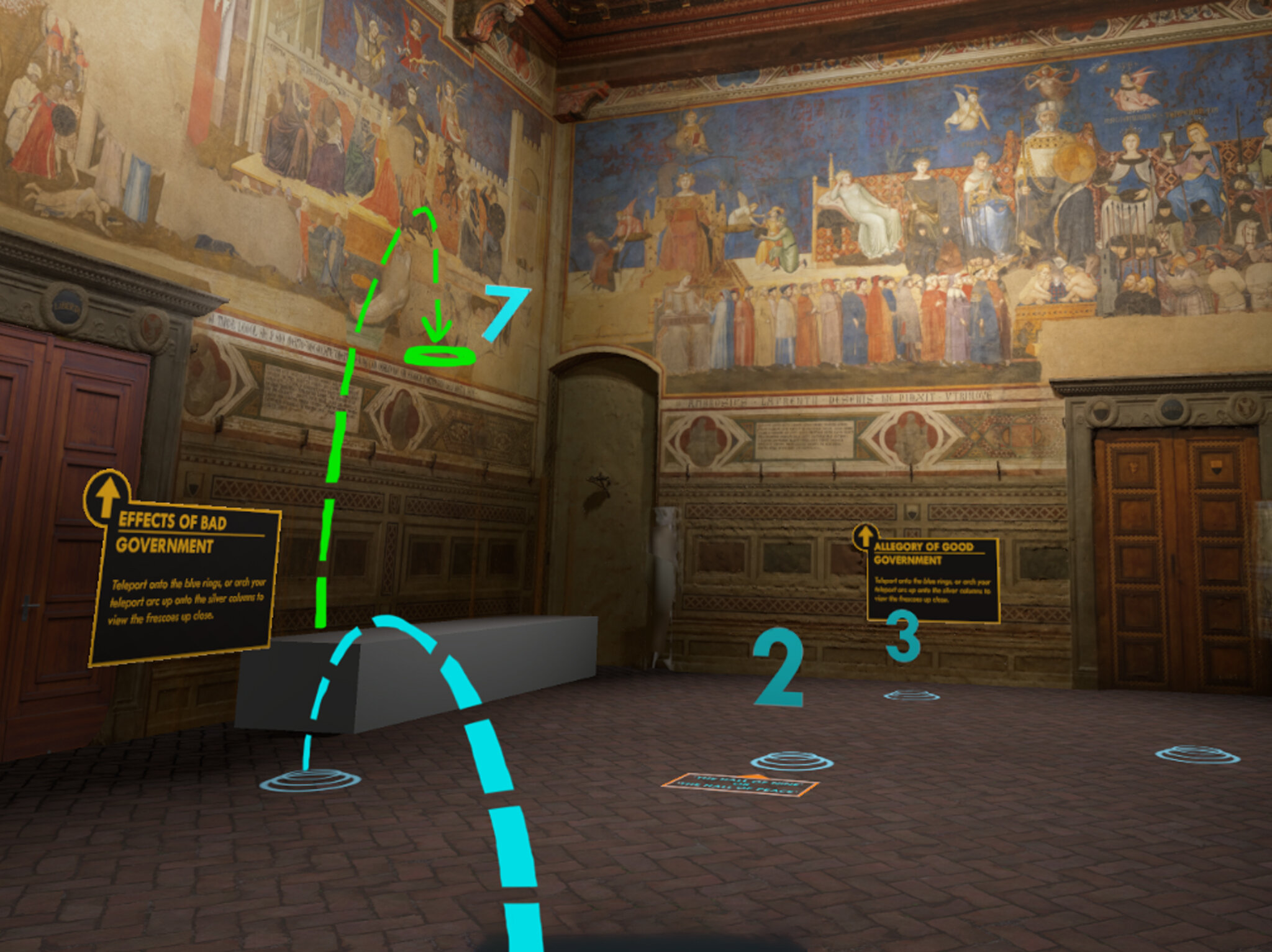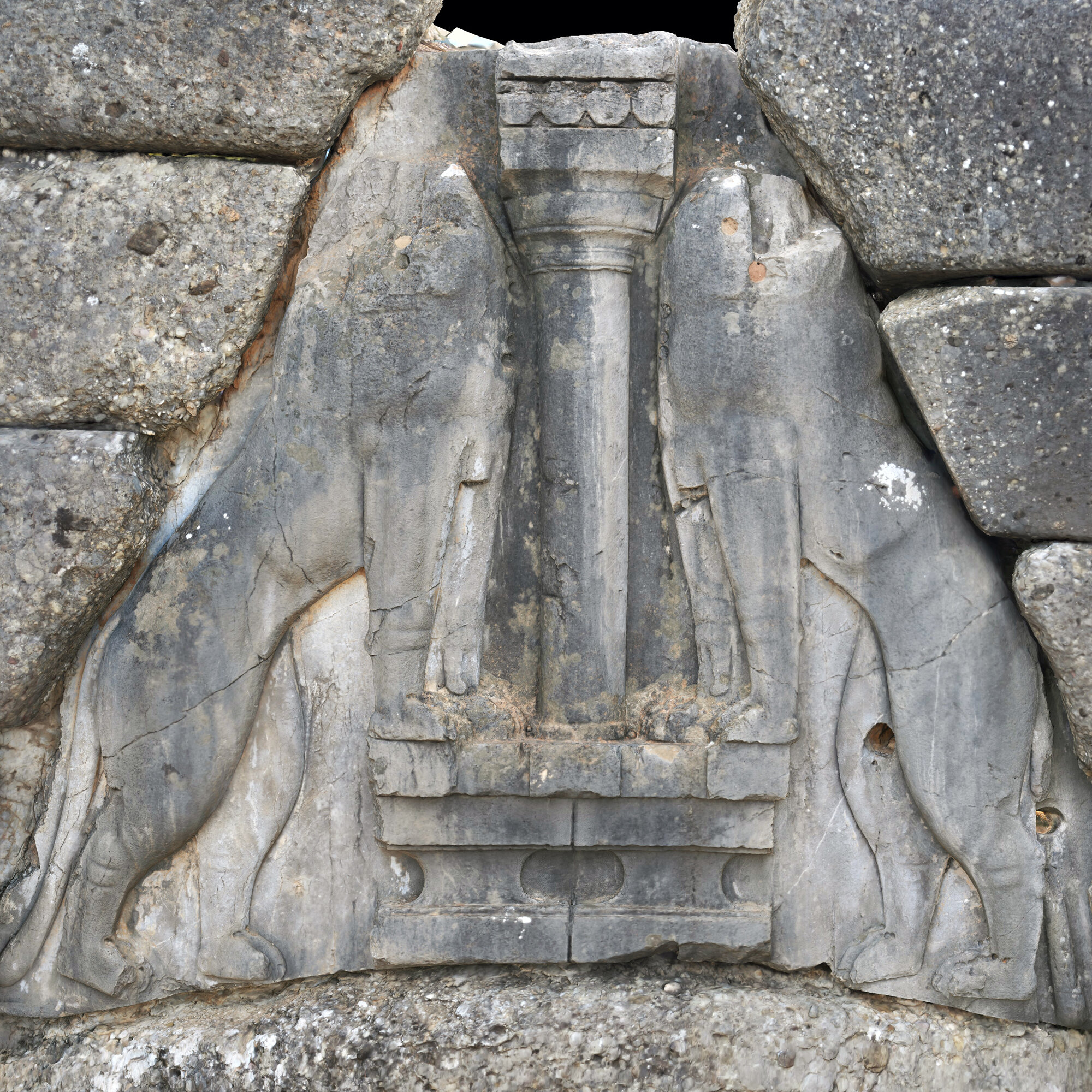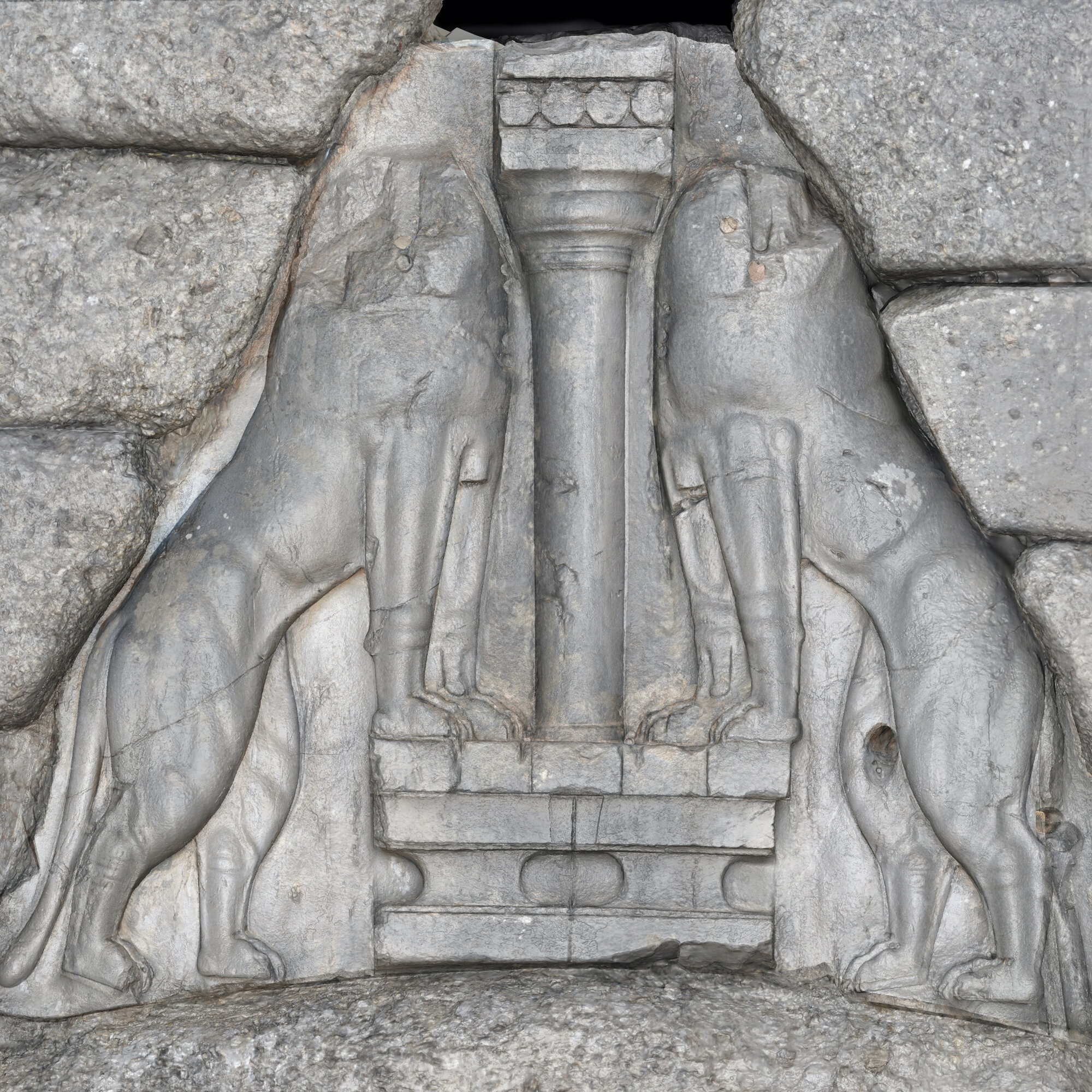End-to-End Spatial Product Lifecycle:
data capture to experience deployment
Digitization
Developing end-to-end workflows for high-fidelity asset creation: I optimize LiDAR and Photogrammetry pipelines to deliver production-ready assets for real-time engines, ensuring data fidelity at scale.
Experience Design
Bridging the gap between technical capabilities and intuitive user journeys: I lead rapid prototyping and user testing cycles to refine VR/AR mechanics, ensuring the final product solves real user problems.
Visualization
Leading the technical execution of immersive applications: From development in 3D engines to asset optimization, I manage the build process to ship powerful and performant cross-platform XR experiences.





